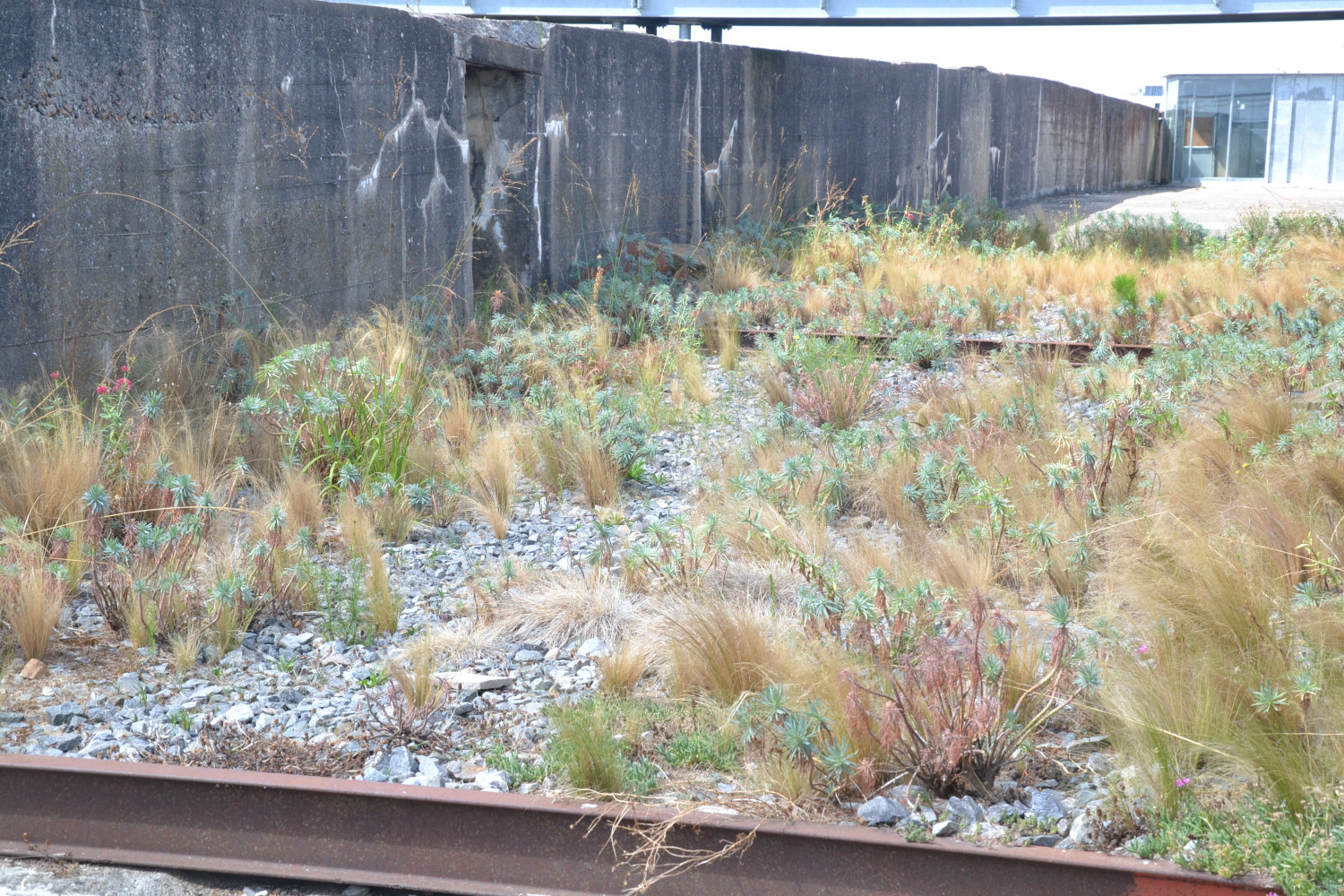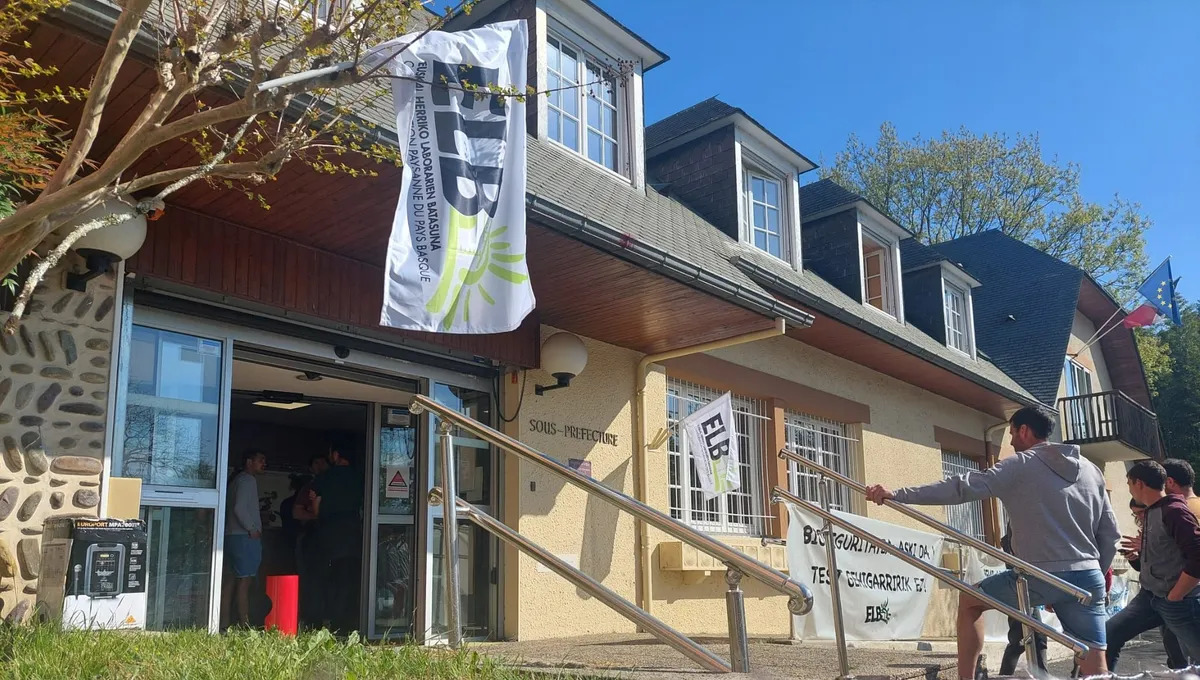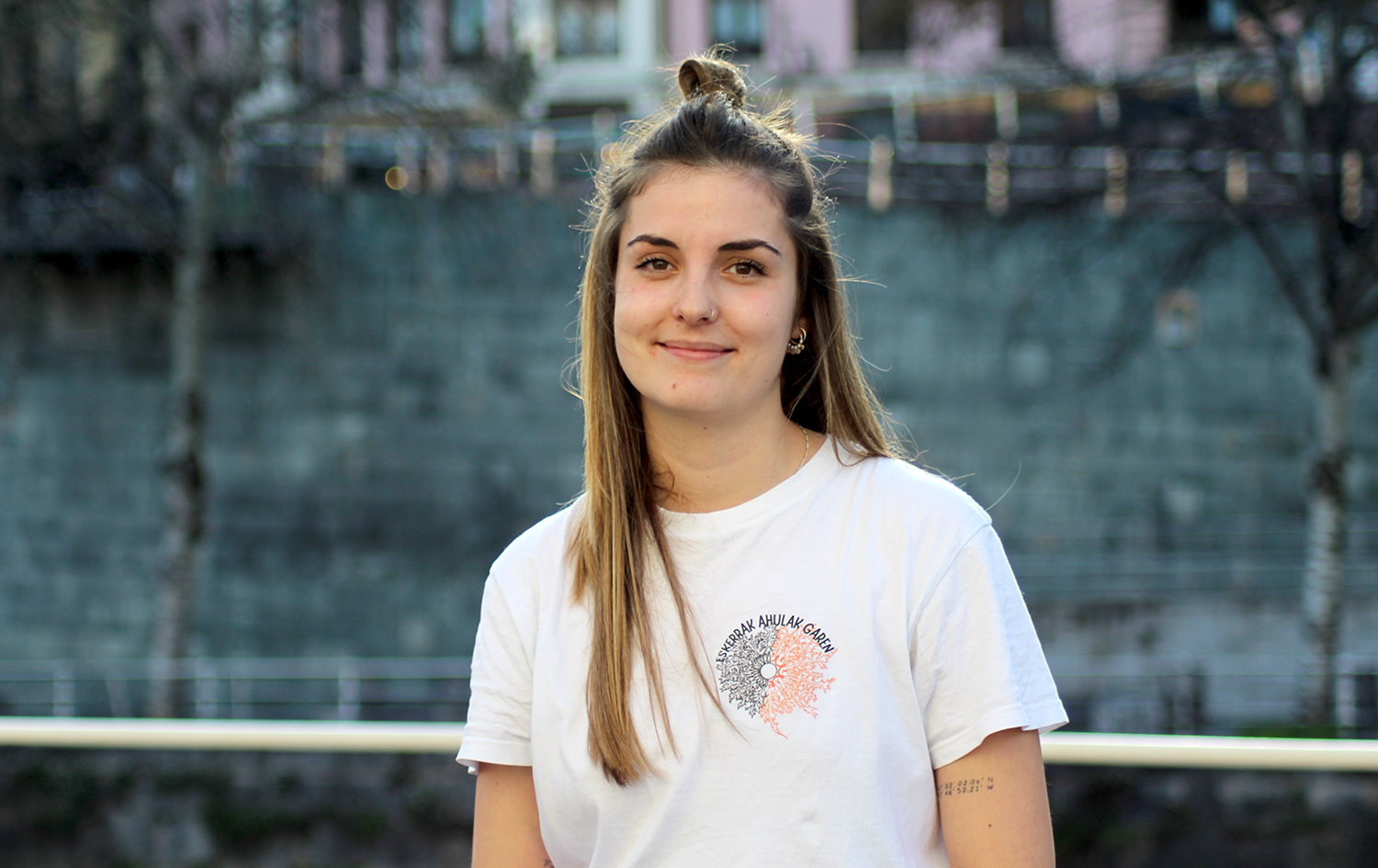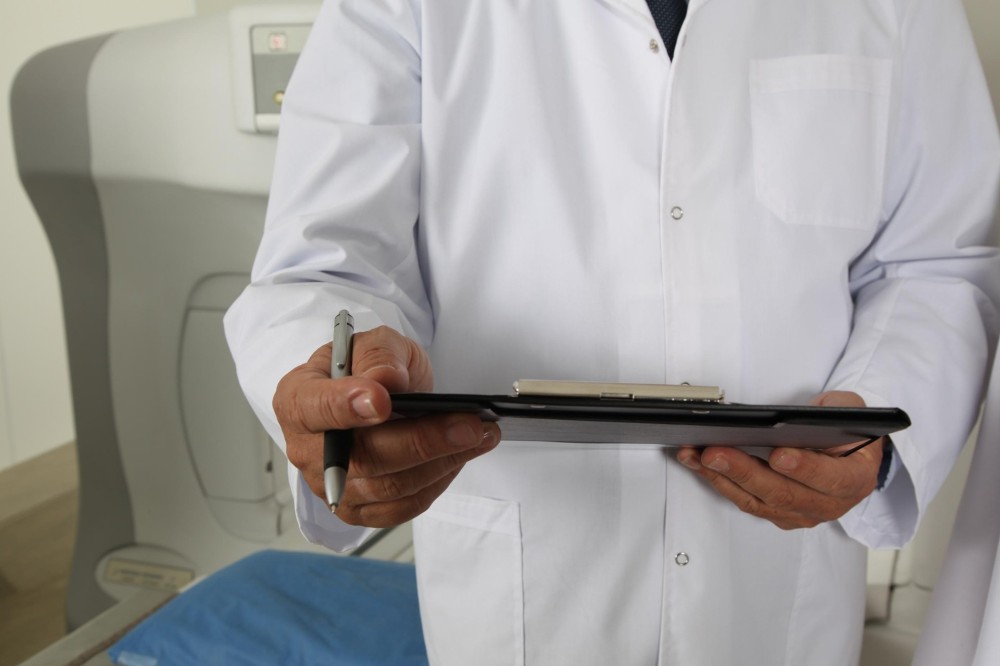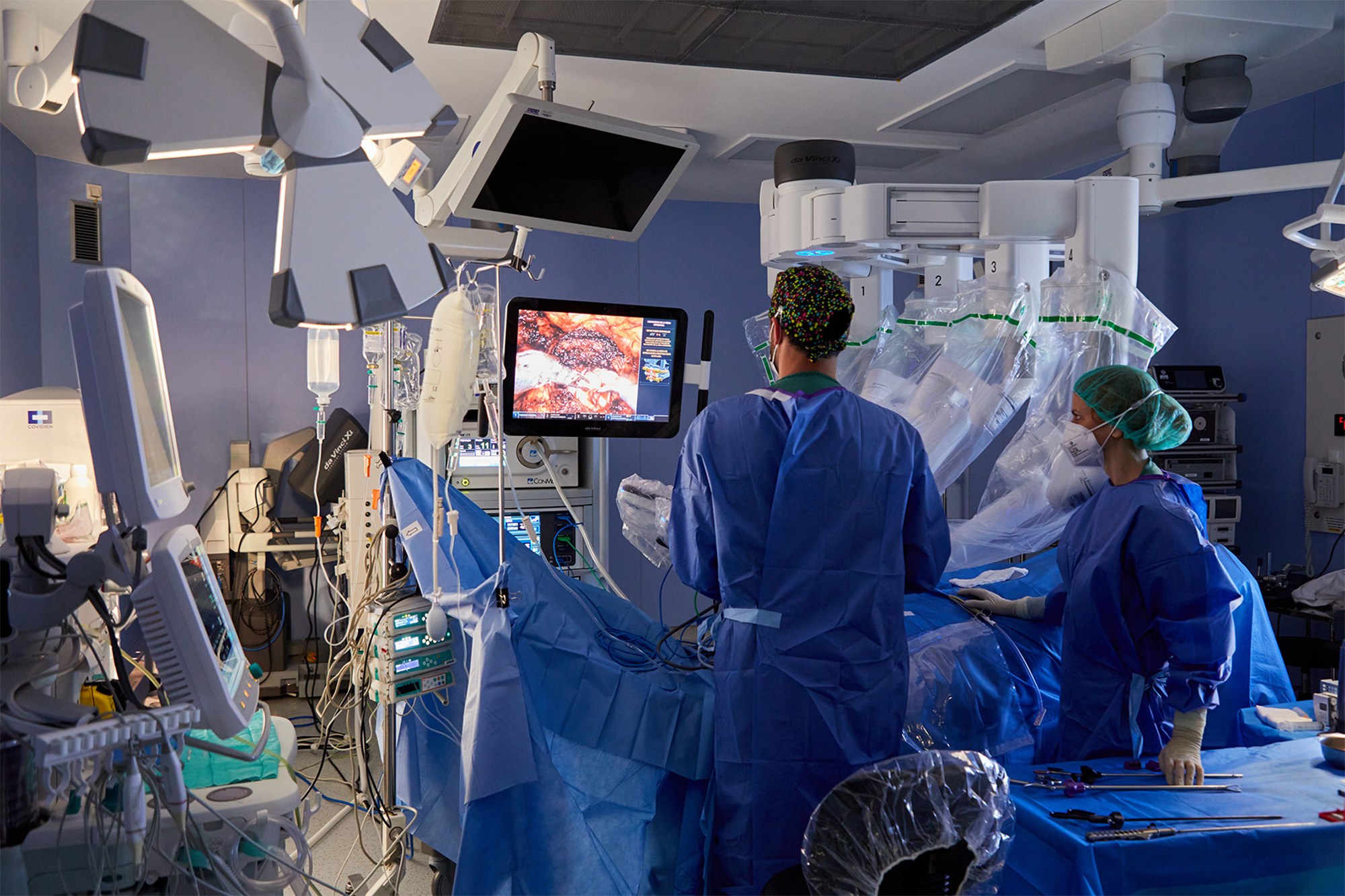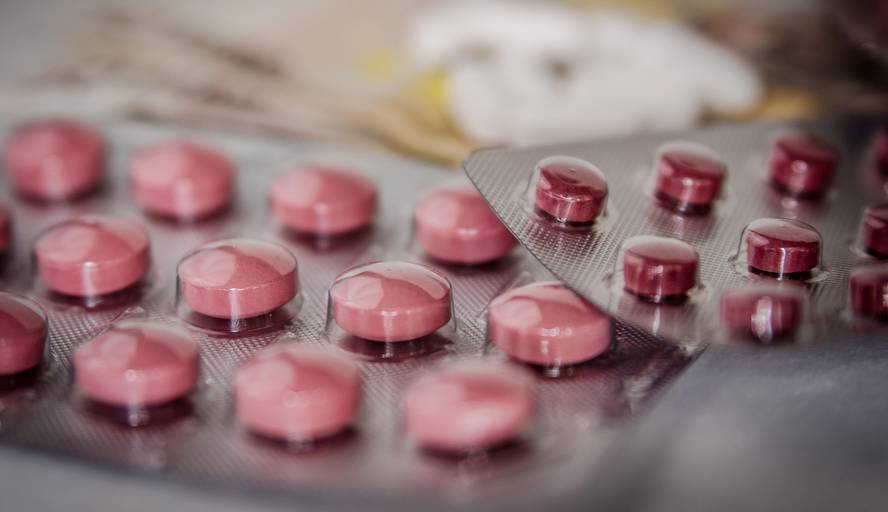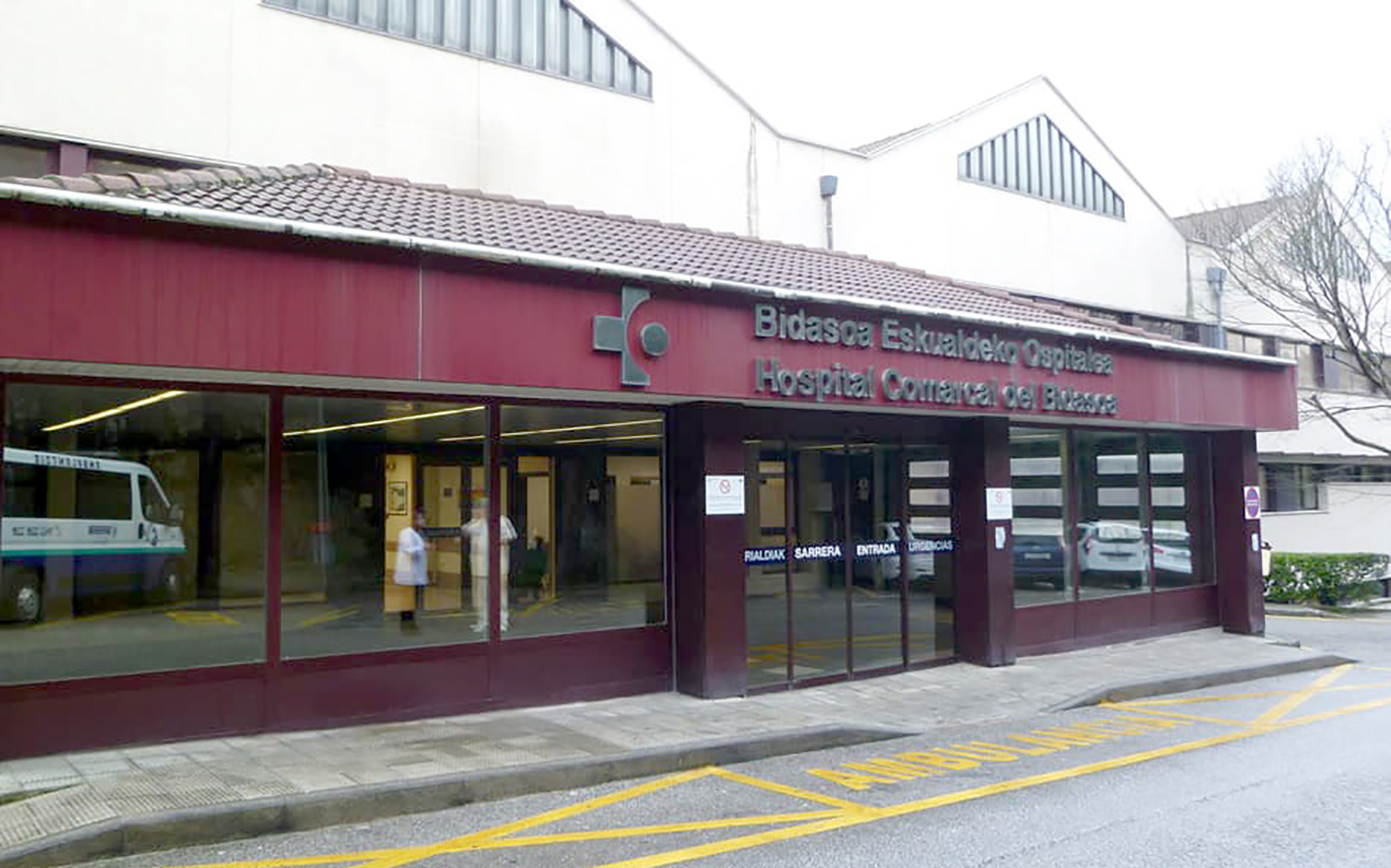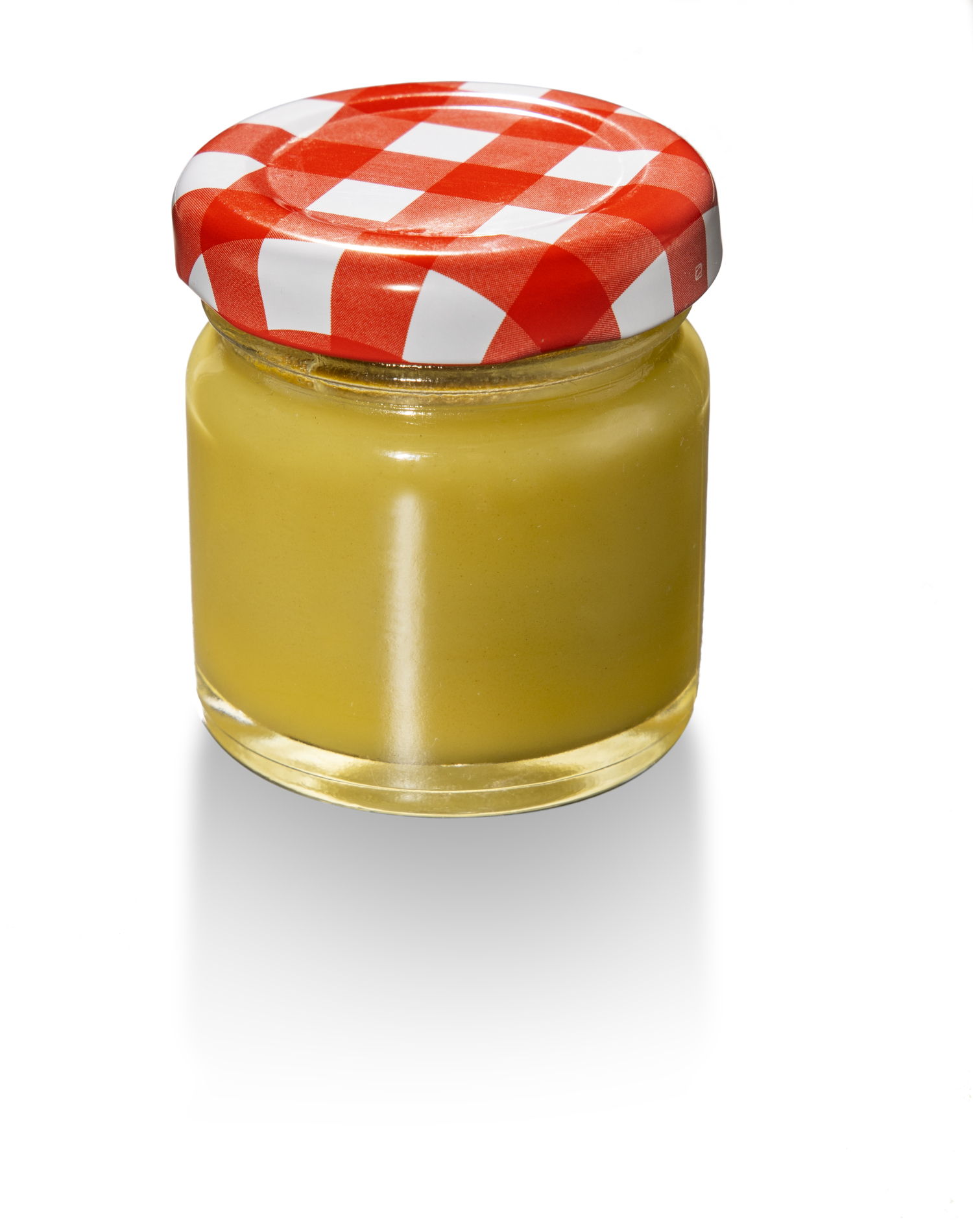When menstruation becomes chronic pain
- The Navarre Association of Asenna Endometriosis has been created to make the disease visible, protect itself and provide training. They report that there is “little” research and that they have to go from one doctor to another.

“If menstruation gives pain means there is a pathology behind it, so when we say that we have pain they would have to attend and analyze the cause.” The words are by Nerea Barba Ramos (Pamplona, 1987), president of the Emdometry Association of Navarra Asenna. They want to make the disease visible, protect themselves and give training, among other things. The association has been created among six people with endometriosis: “Many people come to the association tired of going from one doctor to another and don’t know where to go.”
Endometriosis is a chronic pain that occurs when the endometrium is produced outside the uterus, such as ovaries, tubes, intestines, or colon. This causes inflammation and pain. “It’s common for many young people to have pain that doesn’t go with ibuprofen before, during, and after bleeding and the rule goes down,” Barba explains.
Endometriosis pain may be disabling for women and people with a uterus: “It influences things from day to day, because it gets dirty a lot is very uncomfortable and the pain leaves us in bed.” For example, Barbara suffers pain every day: “I had to file a complaint and they gave me the permanent inability to work.”
Since you have menstruation you have suffered a “tremendous” pain that makes you change your doctor. When I wanted to get pregnant, I had great difficulties with pain and cysts. It took him two and a half years to get pregnant: “The pregnancy was very hard, and then the pain was increasing, due to the anemia I felt every day and that made me lose my pain and knowledge.” Doctors say that pain is reduced after pregnancy, but Barbara denounces that it is a myth: “After delivery, estrogens increase and pain increases.”
"At first I felt quiet because it named the pain I felt when I was growing up and it wasn't something I had invented."
In 2018 he was unable to stand while on his way to work and was taken to the hospital: “They told me I had a tremendous cyst and they thought the ovary was torturing.” They did a laparoscopy to see how he faced it and saw that everything was damaged: colon, urethra, ovaries especially bad and utero, among others. “At first I felt serenity because it named the pain I felt when I was young and it wasn’t something I had invented.”
One year later the pain continued and by 2020 the uterus and right ovary were removed. After a full pandemic operation, he was sent home the following day: “I got infected by the stitches and my vagina burned both inside and out, since then I have been living with chronic pain every day.”
Before receiving the diagnosis he has tried everything: contraceptives have caused him menopause and has been in the pain unit, but the pain has not calmed down: “They put drug patches because they don’t investigate the issue.” He adds that his feeling is that they have experienced with him. Doctors do not know the origin of endometriosis and why it affects women and some people who have a uterus: “They don’t investigate why we are women, but a specific treatment we would have had long ago.”
Stresses the need to pay attention to the prevention of weekly treatment as soon as possible: “Nerea Oses of the association was diagnosed at age 16 and since then has a pretty good quality of life, almost without pain.” That is why early detection institutes want to train: “It is very important to empower young people and know what the symptoms are to be able to see a doctor.” They also want to provide training in health centres and hospitals.
You may not know who Donald Berwick is, or why I mention him in the title of the article. The same is true, it is evident, for most of those who are participating in the current Health Pact. They don’t know what Berwick’s Triple Objective is, much less the Quadruple... [+]
Indartsua, irribarretsua eta oso langilea. Helburu pila bat ditu esku artean, eta ideia bat okurritzen zaionean buru-belarri aritzen da horretan. Horiek dira Ainhoa Jungitu (Urduña, Bizkaia, 1998) deskribatzen duten zenbait ezaugarri. 2023an esklerosi anizkoitza... [+]
Pazienteek Donostiara joan behar dute arreta jasotzeko. Osasun Bidasoa plataforma herritarrak salatu du itxierak “are gehiago hondatuko” duela eskualdeko osasun publikoa.
EAEn BAMEa (famili medikuen formazioa) lau urtetik hiru urtetara jaistea eskatu du Jaurlaritzak. Osakidetzaren "larritasunaren" erantzukizuna Ministerioari bota dio Jaurlaritzako Osasun sailburu Alberto Martinezek: "Ez digute egiten uzten, eta haiek ez dute ezer... [+]
Sare sozialen kontra hitz egitea ondo dago, beno, nire inguruan ondo ikusia bezala dago sare sozialek dakartzaten kalteez eta txarkeriez aritzea; progre gelditzen da bat horrela jardunda, baina gaur alde hitz egin nahi dut. Ez ni optimista digitala nauzuelako, baizik eta sare... [+]










